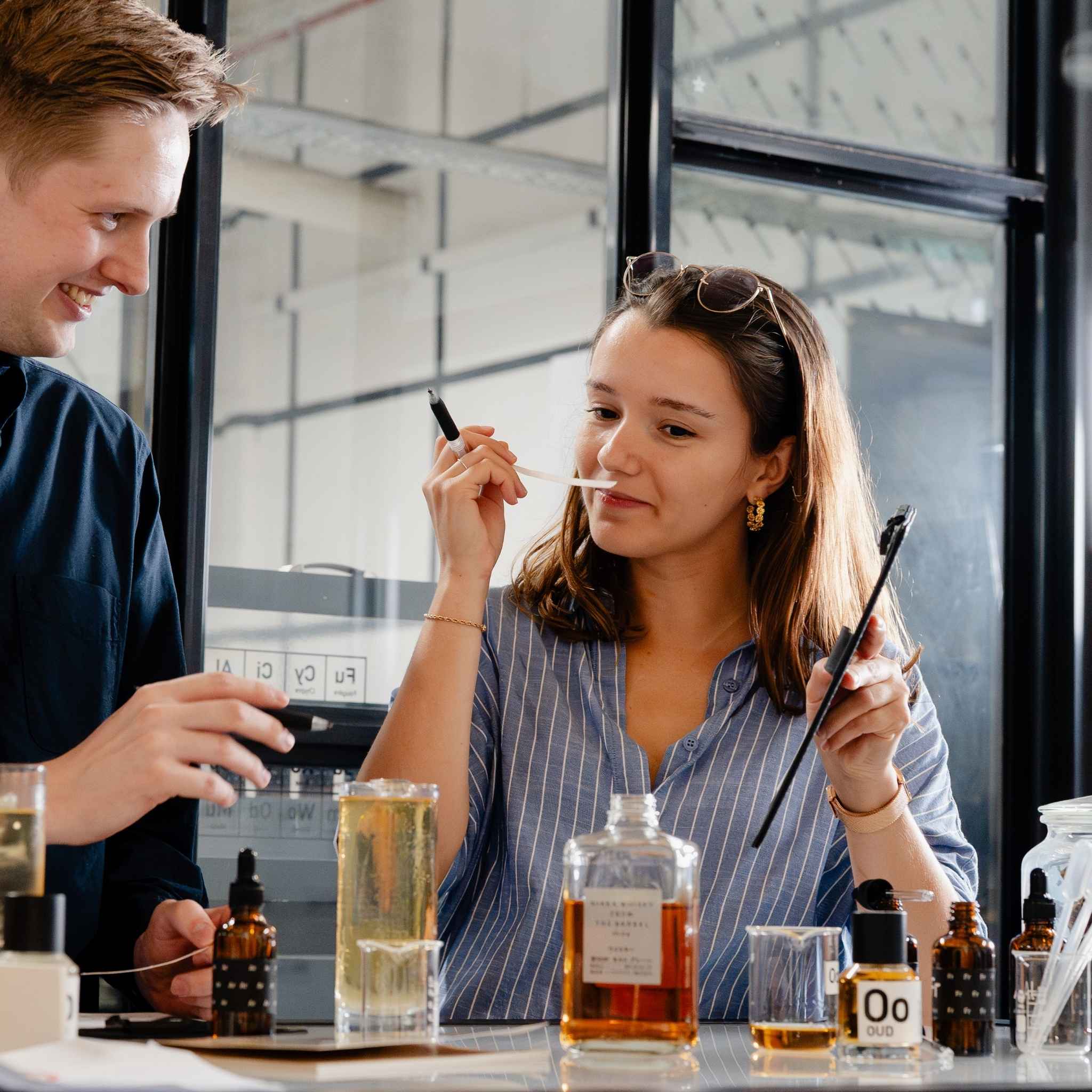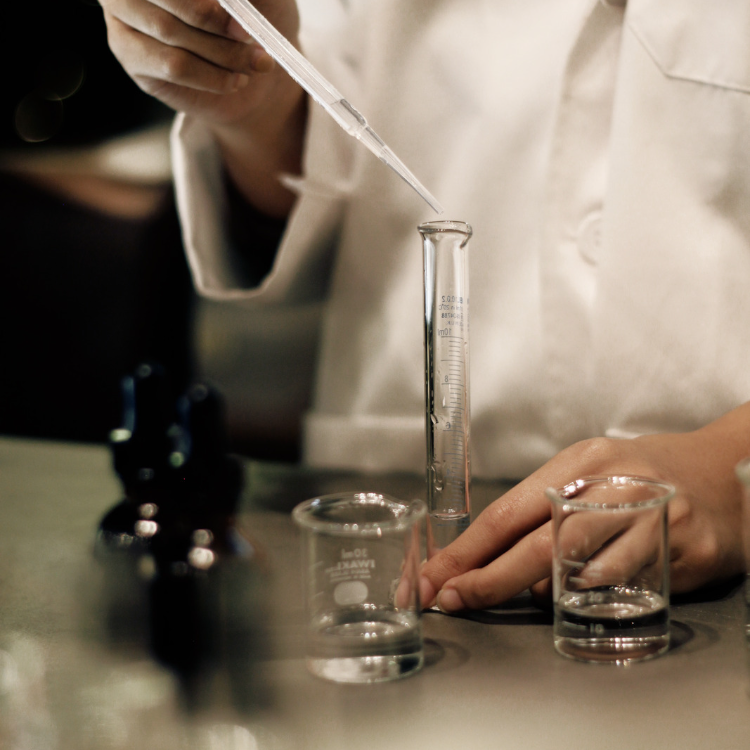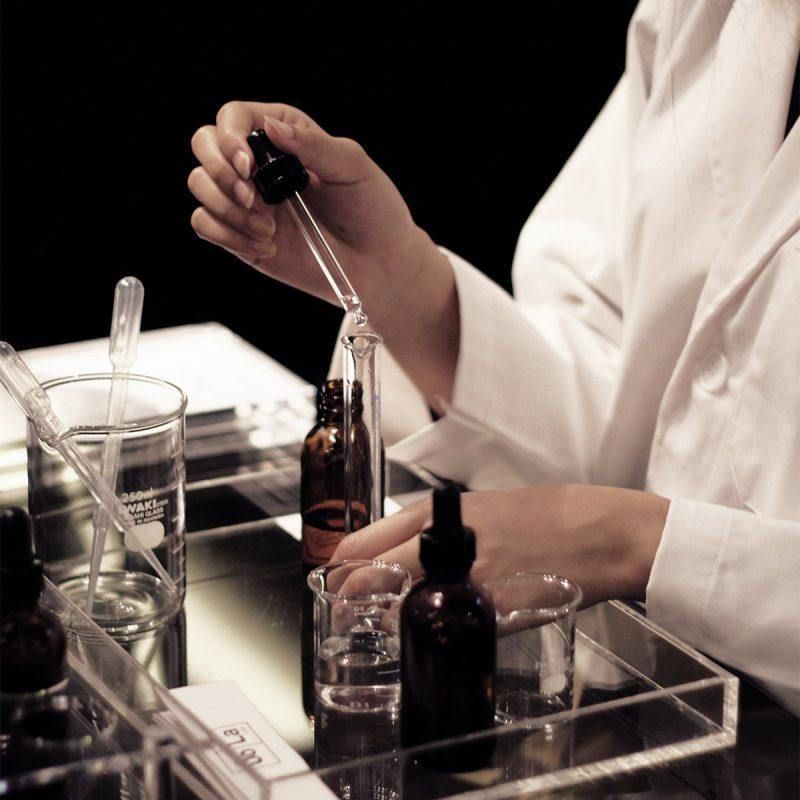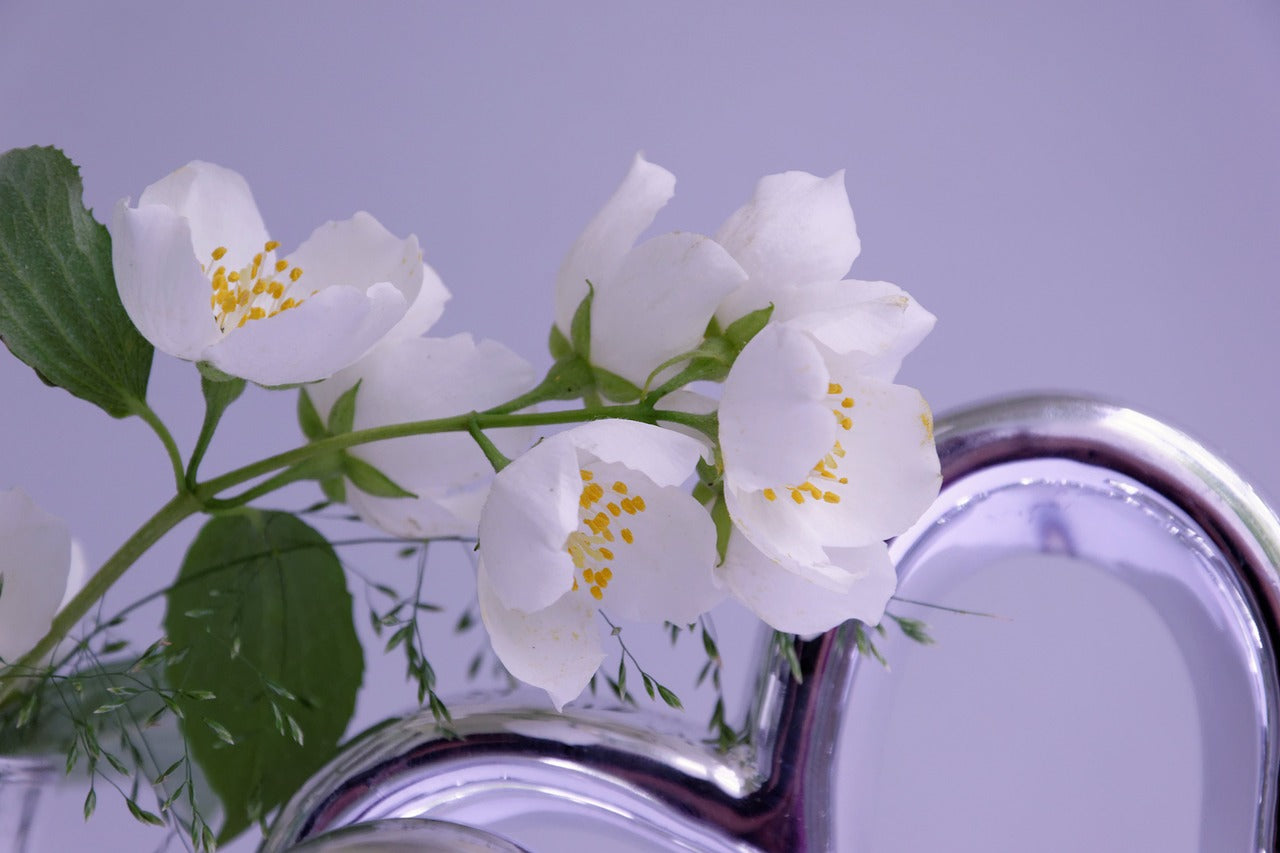Explaining the ingredients used to make aquatic perfumes?
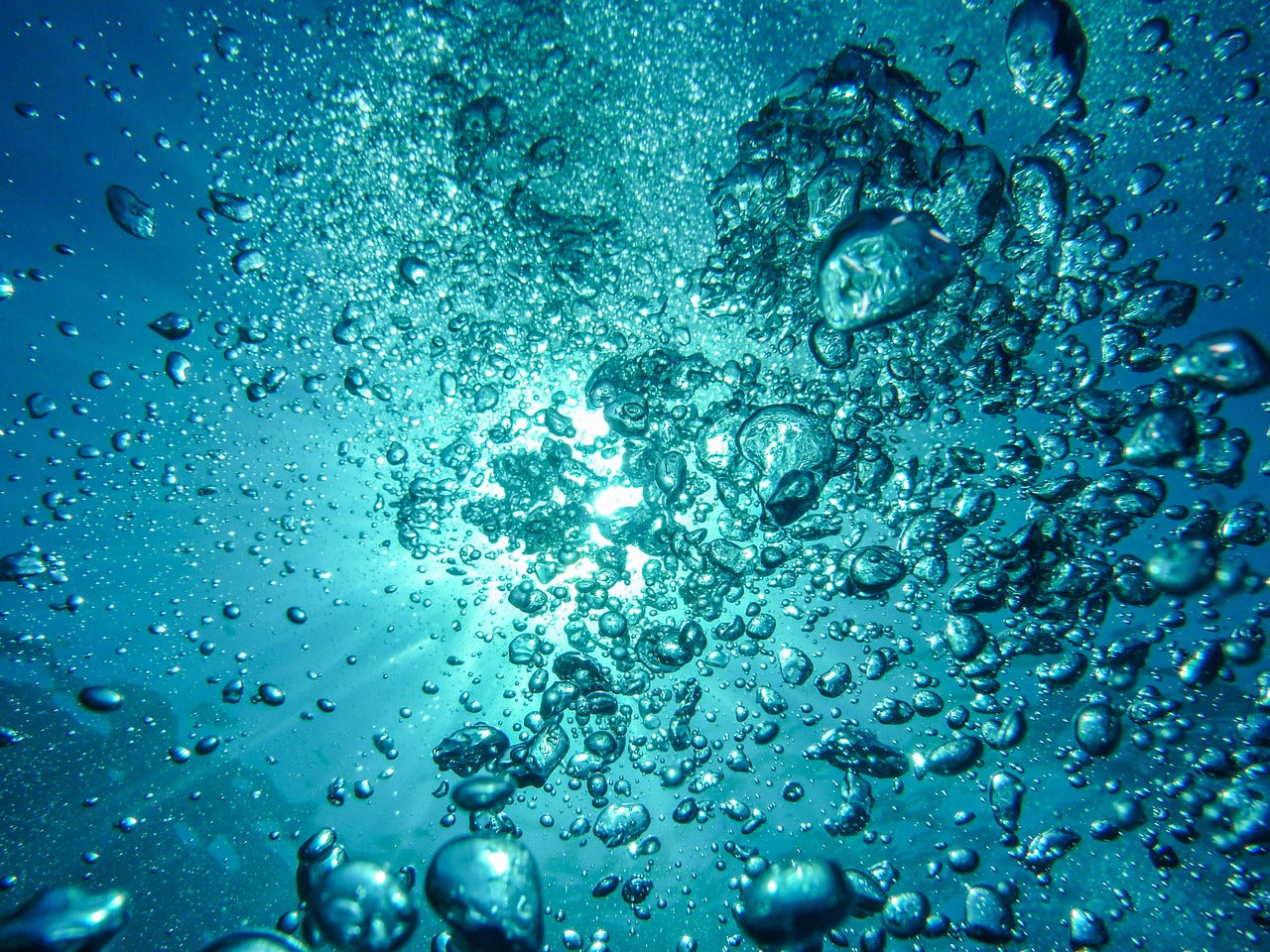
Aquatic perfumes are fragrances that are designed to conjure the fresh, clean, and oceanic scents of the sea. To create these fragrances, perfumers typically use a combination of natural and synthetic ingredients, including essential oils and aroma chemicals.
Some of the natural ingredients that are commonly used in aquatic perfumes include:
Marine notes, such as seaweed and salt, which provide a fresh and oceanic scent
Citrus oils, such as lemon, bergamot, and grapefruit, which contribute a fresh and zesty note
Herbs, such as rosemary and lavender, which provide a fresh and green note
In addition to natural ingredients, a wide range of synthetic aroma chemicals are also commonly used to create aquatic fragrances.
Some of the most important synthetic ingredients include:
Calone, a synthetic molecule that is used to create a fresh, watery, and "aquatic" scent
Aldehydes, such as C11 and C12, which provide a fresh and floral note
Musks, such as musk ketone and ambroxan, which add a soft and creamy quality to the fragrance
The specific combination and concentration of these ingredients can vary greatly depending on the desired effect and the brand creating the fragrance. By carefully balancing the different ingredients, perfumers can create a wide range of aquatic fragrances, from fresh and clean scents to more complex and layered aquatic fragrances.
- Tags: Fragrance Education


